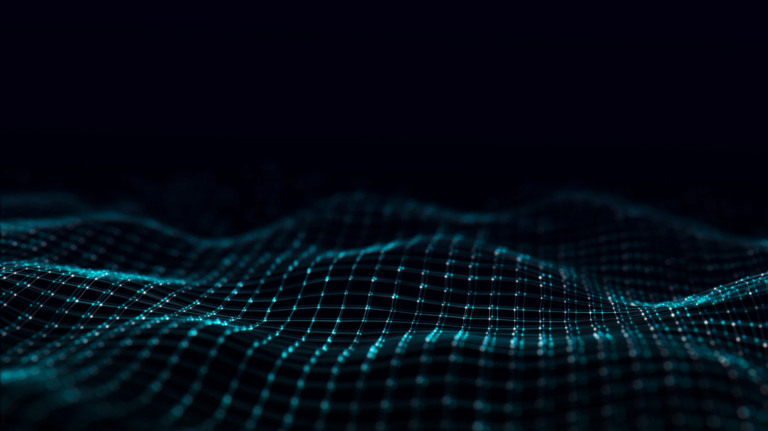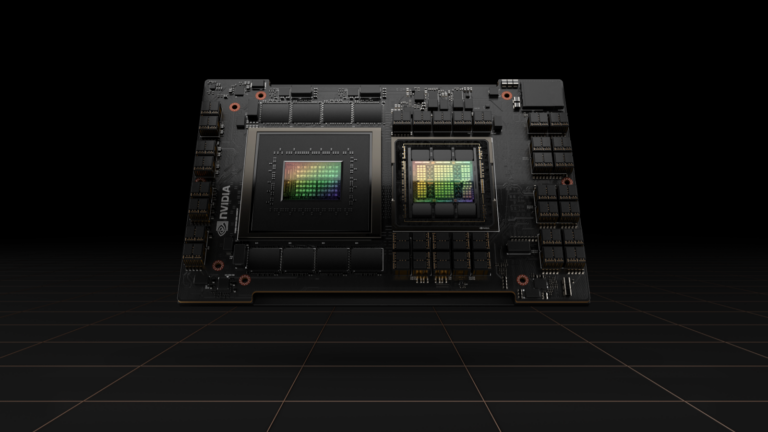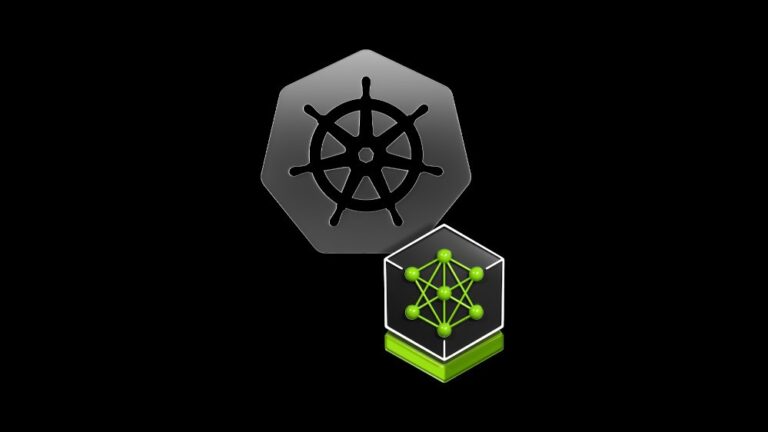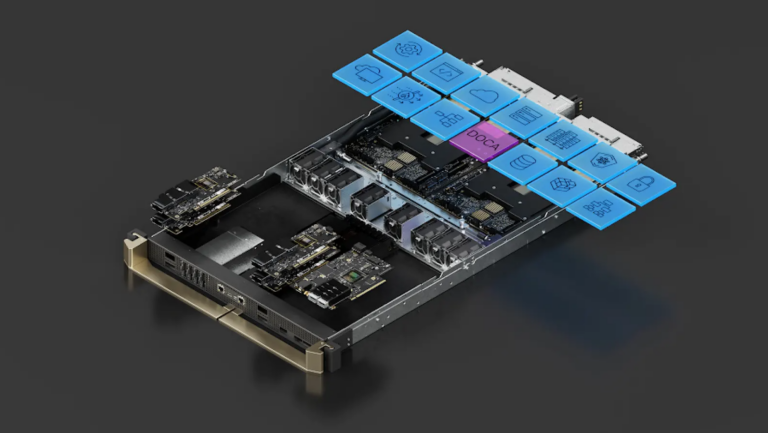Bundle up this fall with GeForce NOW and Dragon Age: The Veilguard with a special, limited-time promotion just for members. The highly anticipated role-playing game (RPG) leads 10 titles joining the ever-growing GeForce NOW library of over 2,000 games. A Heroic Bundle Fight for Thedas’ future at Ultimate quality this fall as new and existing
Read Article
 Quantum dynamics describe how objects obeying the laws of quantum mechanics interact with their surroundings, ultimately enabling predictions about how matter…
Quantum dynamics describe how objects obeying the laws of quantum mechanics interact with their surroundings, ultimately enabling predictions about how matter…
Quantum dynamics describe how objects obeying the laws of quantum mechanics interact with their surroundings, ultimately enabling predictions about how matter behaves. Accurate quantum dynamics simulations inform the development of new materials, solar cells, batteries, sensors, and many other cutting-edge technologies. They’re also a critical tool in designing and building useful quantum…
 The rapid evolution of AI models has driven the need for more efficient and scalable inferencing solutions. As organizations strive to harness the power of AI,…
The rapid evolution of AI models has driven the need for more efficient and scalable inferencing solutions. As organizations strive to harness the power of AI,…
The rapid evolution of AI models has driven the need for more efficient and scalable inferencing solutions. As organizations strive to harness the power of AI, they face challenges in deploying, managing, and scaling AI inference workloads. NVIDIA NIM and Google Kubernetes Engine (GKE) together offer a powerful solution to address these challenges. NVIDIA has collaborated with Google Cloud to…
 As the demand for high-performance computing (HPC) and AI applications grows, so does the importance of energy efficiency. NVIDIA Principal Developer Technology…
As the demand for high-performance computing (HPC) and AI applications grows, so does the importance of energy efficiency. NVIDIA Principal Developer Technology…
As the demand for high-performance computing (HPC) and AI applications grows, so does the importance of energy efficiency. NVIDIA Principal Developer Technology Engineer, Alan Gray, shares insights on optimizing energy and power efficiency for various applications running on the latest NVIDIA technologies, including NVIDIA H100 Tensor Core GPUs and NVIDIA DGX A100 systems. Traditionally…
 In the rapidly evolving landscape of AI and data science, the demand for scalable, efficient, and flexible infrastructure has never been higher. Traditional…
In the rapidly evolving landscape of AI and data science, the demand for scalable, efficient, and flexible infrastructure has never been higher. Traditional…
In the rapidly evolving landscape of AI and data science, the demand for scalable, efficient, and flexible infrastructure has never been higher. Traditional infrastructure can often struggle to meet the demands of modern AI workloads, leading to bottlenecks in development and deployment processes. As organizations strive to deploy AI models and data-intensive applications at scale…
 Neuromodulation is a technique that enhances or restores brain function by directly intervening in neural activity. It is commonly used to treat conditions like…
Neuromodulation is a technique that enhances or restores brain function by directly intervening in neural activity. It is commonly used to treat conditions like…
Neuromodulation is a technique that enhances or restores brain function by directly intervening in neural activity. It is commonly used to treat conditions like Parkinson’s disease, epilepsy, and depression. The shift from open-loop to closed-loop neuromodulation strategies enables on-demand modulation, improving therapeutic effects while reducing side effects. This could lead to significant…
Fixing Gradient Accumulation
Moving to accelerate enterprise AI innovation, NVIDIA founder and CEO Jensen Huang joined Lenovo CEO Yuanqing Yang on stage Tuesday during the keynote at Lenovo Tech World 2024. Together, they introduced the Lenovo Hybrid AI Advantage with NVIDIA, a full-stack platform for building and deploying AI capabilities across the enterprise that drive speed, innovation and
Read Article
 The NVIDIA DOCA software platform unlocks the potential of the NVIDIA BlueField networking platform and provides all needed host drivers for NVIDIA BlueField…
The NVIDIA DOCA software platform unlocks the potential of the NVIDIA BlueField networking platform and provides all needed host drivers for NVIDIA BlueField…
The NVIDIA DOCA software platform unlocks the potential of the NVIDIA BlueField networking platform and provides all needed host drivers for NVIDIA BlueField and ConnectX devices. Optimized for peak performance, DOCA equips users to meet the demands of increasingly complex workloads. Its modular structure offers the flexibility needed to adapt to emerging technologies and higher data throughputs.
 Open-source datasets have significantly democratized access to high-quality data, lowering the barriers of entry for developers and researchers to train…
Open-source datasets have significantly democratized access to high-quality data, lowering the barriers of entry for developers and researchers to train…
Open-source datasets have significantly democratized access to high-quality data, lowering the barriers of entry for developers and researchers to train cutting-edge generative AI models. By providing free access to diverse, high-quality, and well-curated datasets, open-source datasets enable the open-source community to train models at or close to the frontier, facilitating the rapid advancement…
